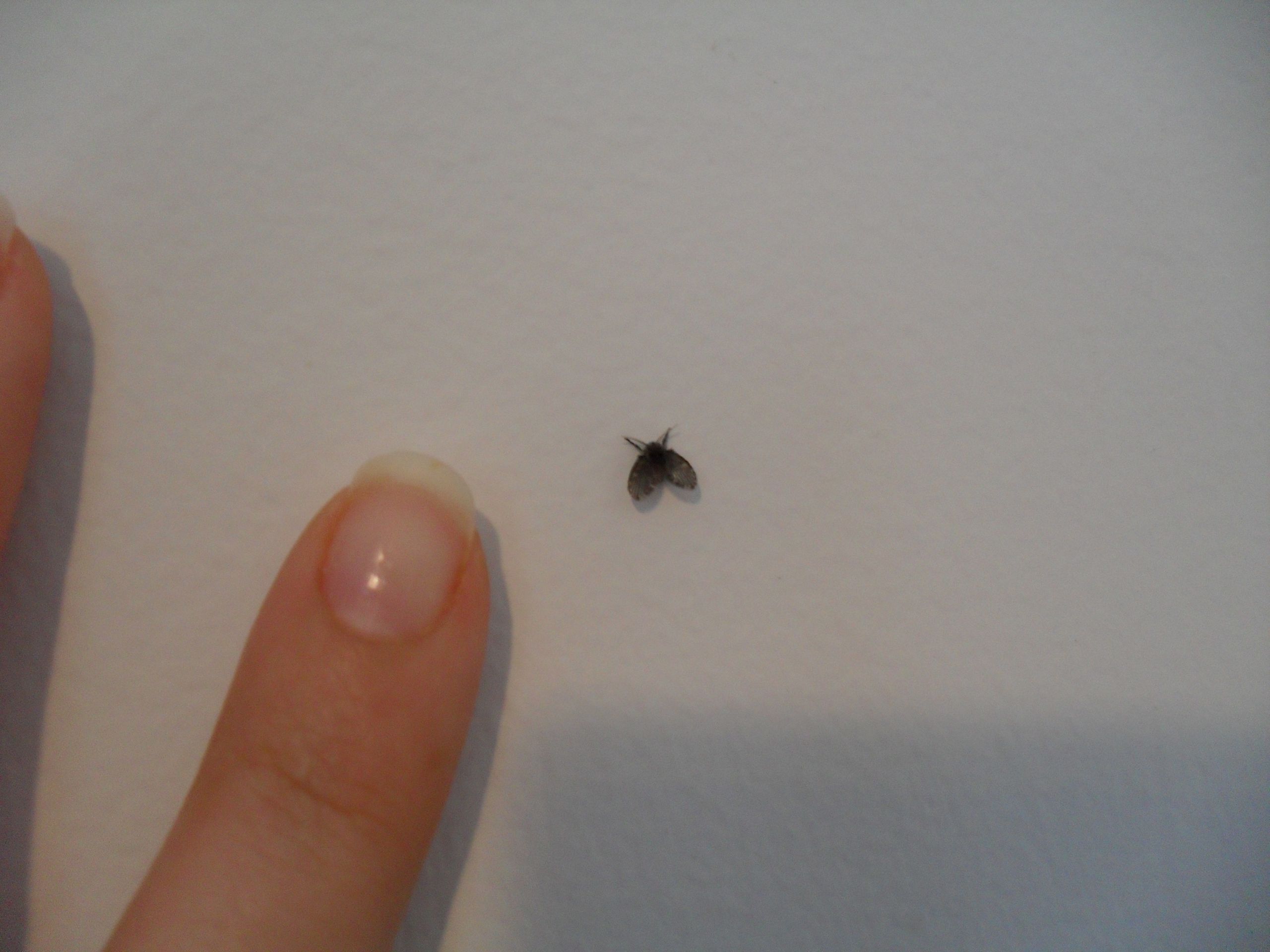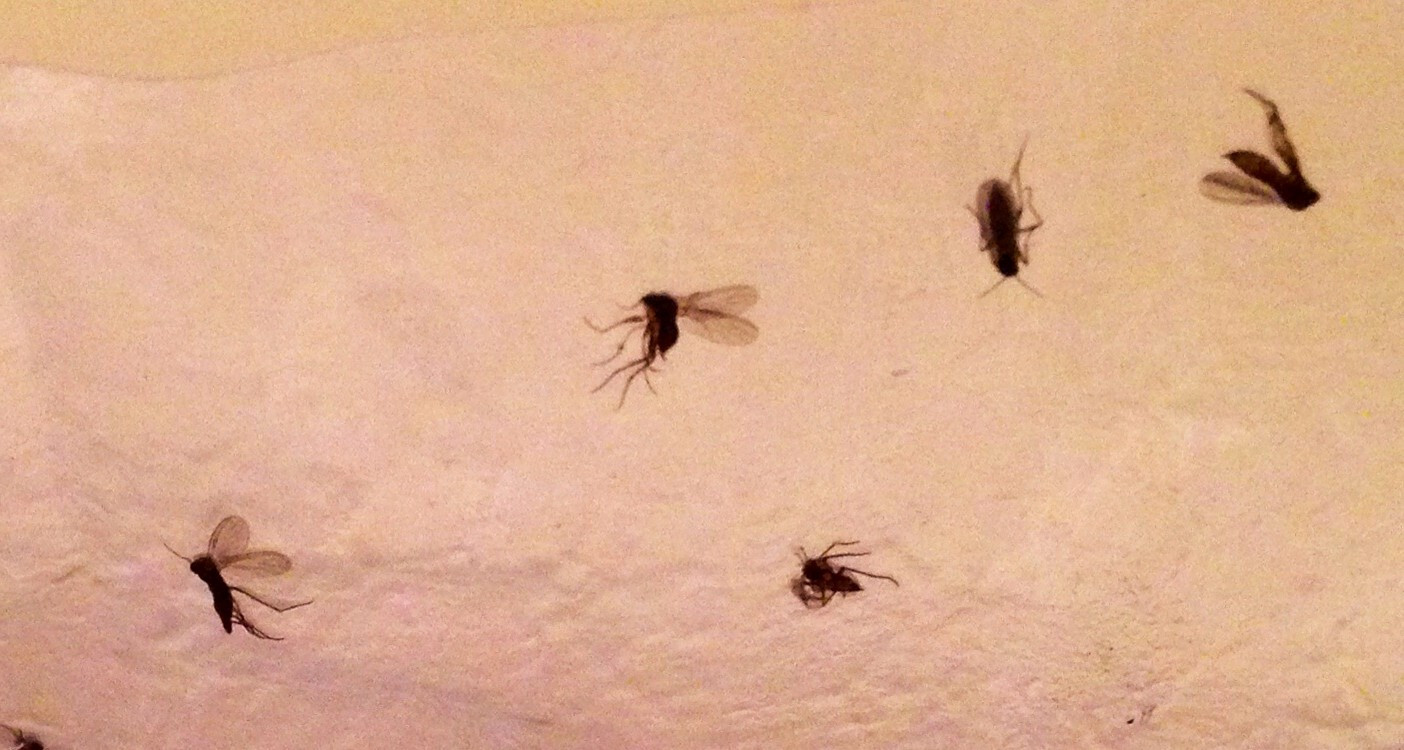Identifying the Culprit

Tiny flies buzzing around your bathroom can be a nuisance, but pinpointing the exact culprit is crucial for effective control. Knowing the type of fly you’re dealing with will help you identify their breeding grounds and implement targeted solutions.
Types of Bathroom Flies
Understanding the characteristics of common bathroom flies is the first step towards effective pest control. These tiny creatures, often mistaken for one another, have distinct features and habits that can help you identify them.
- Fruit Flies: These tiny, reddish-brown flies, often called “vinegar flies,” are known for their fondness for fermenting fruit and sugary liquids. They have large, red eyes and a wingspan of about 1/8 inch. They are commonly found near sinks, drains, and trash cans, where they can breed rapidly.
- Drain Flies: These small, dark-colored flies, also known as “moth flies,” are attracted to moist environments. They have hairy, moth-like wings and are often seen congregating around drains and pipes. Their larvae feed on organic matter found in drains and sewers.
- Fungus Gnats: These tiny flies, often mistaken for fruit flies, are slender and have long legs. They are typically gray or black in color and are attracted to moist, decaying organic matter, particularly in potted plants. Their larvae feed on fungi and decaying plant matter.
Life Cycle and Breeding Grounds
Each type of bathroom fly has a unique life cycle and preferred breeding grounds, making it essential to understand their habits for effective control.
- Fruit Flies: Their life cycle is relatively short, with eggs hatching into larvae within a few days. These larvae feed on decaying organic matter and then pupate, emerging as adults within a week. Fruit flies typically breed in moist environments, such as overripe fruit, vegetable scraps, and even spilled drinks.
- Drain Flies: These flies lay their eggs in moist environments, such as drains, sewers, and pipes. The eggs hatch into larvae, which feed on organic matter and bacteria in these areas. The larvae pupate and emerge as adults, ready to mate and lay more eggs.
- Fungus Gnats: These flies lay their eggs in moist soil, especially in potted plants. The eggs hatch into larvae, which feed on fungi and decaying plant matter. They pupate and emerge as adults, ready to mate and lay more eggs.
Health Risks, Very small flies in bathroom
While generally not considered a major health threat, bathroom flies can potentially carry bacteria and pathogens, particularly if they come into contact with contaminated surfaces.
- Fruit Flies: They can transmit bacteria and pathogens from decaying food to surfaces, increasing the risk of food poisoning. They are also known to contaminate food with their feces.
- Drain Flies: These flies can carry bacteria and pathogens from sewage and drains, potentially contaminating food and surfaces. Their larvae can also cause allergic reactions in some people.
- Fungus Gnats: While not directly harmful to humans, fungus gnats can damage plants by feeding on their roots and weakening them. Their larvae can also cause allergic reactions in some people.
Addressing the Root Cause: Very Small Flies In Bathroom

You’ve successfully identified those pesky little flies in your bathroom, but now it’s time to tackle the root of the problem. Flies don’t just appear out of thin air; they need a place to breed and thrive. Understanding the common causes of bathroom fly infestations will empower you to effectively prevent future outbreaks.
Identifying and Eliminating Breeding Grounds
The key to preventing bathroom fly infestations lies in identifying and eliminating their breeding grounds. Flies are attracted to moisture, decaying organic matter, and food sources. Bathrooms, with their humid environments and potential for spills, are prime targets. Here’s how to pinpoint and address these breeding grounds:
- Drains: Drains are a common breeding ground for flies, especially if they are clogged or infrequently cleaned. The build-up of hair, soap scum, and other debris provides a perfect breeding ground for flies. Regularly clean drains with a drain cleaner or baking soda and vinegar mixture to remove these accumulations.
- Garbage Disposals: Garbage disposals, if not properly maintained, can also harbor flies. Ensure you run cold water while using the disposal to flush away food particles. Periodically clean the disposal with ice cubes and baking soda to remove any lingering food residue.
- Overflowing Containers: Any container that holds water, such as a mop bucket or a forgotten glass of water, can become a breeding ground for flies. Empty and clean these containers regularly to prevent stagnant water from attracting flies.
Minimizing Food Sources
Flies are attracted to food, so it’s important to minimize food sources in your bathroom. Here are some tips to keep your bathroom fly-free:
- Store Food Properly: Keep food tightly sealed in containers to prevent flies from accessing them. This includes items like toothpaste, shampoo, and soap, which can attract flies.
- Clean Spills Immediately: Spills, even small ones, can attract flies. Clean them up immediately to eliminate potential food sources.
- Keep Trash Cans Clean: Empty and clean trash cans regularly to prevent flies from breeding in the garbage. Use a trash can with a tight-fitting lid to prevent flies from entering.
Regular Cleaning and Sanitation
The foundation of preventing bathroom fly infestations lies in maintaining a clean and sanitized environment. Regular cleaning and sanitation are crucial for keeping flies at bay.
- Clean Regularly: Regularly clean your bathroom, paying particular attention to surfaces that are prone to moisture and food spills.
- Disinfect Surfaces: Use a disinfectant cleaner to kill any bacteria or microorganisms that could attract flies.
- Keep Bathroom Dry: Ensure that your bathroom is well-ventilated to prevent moisture buildup. Use a dehumidifier if necessary.
